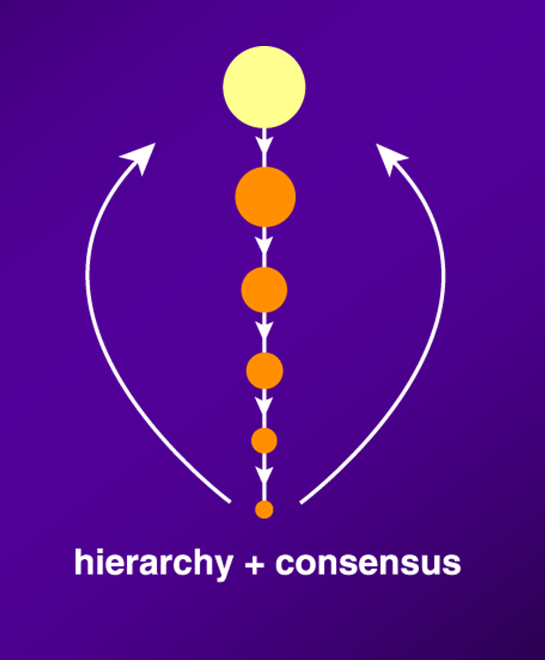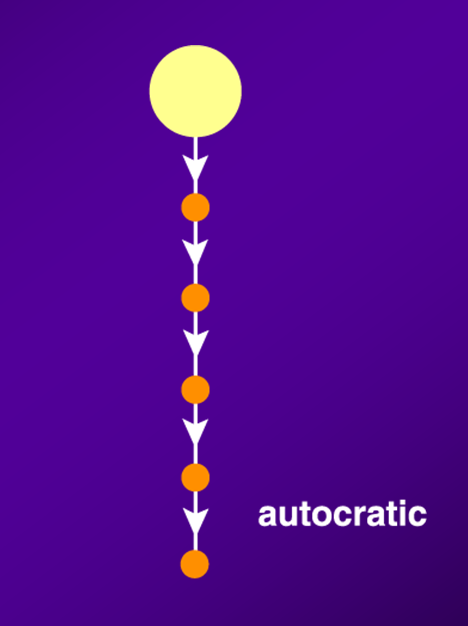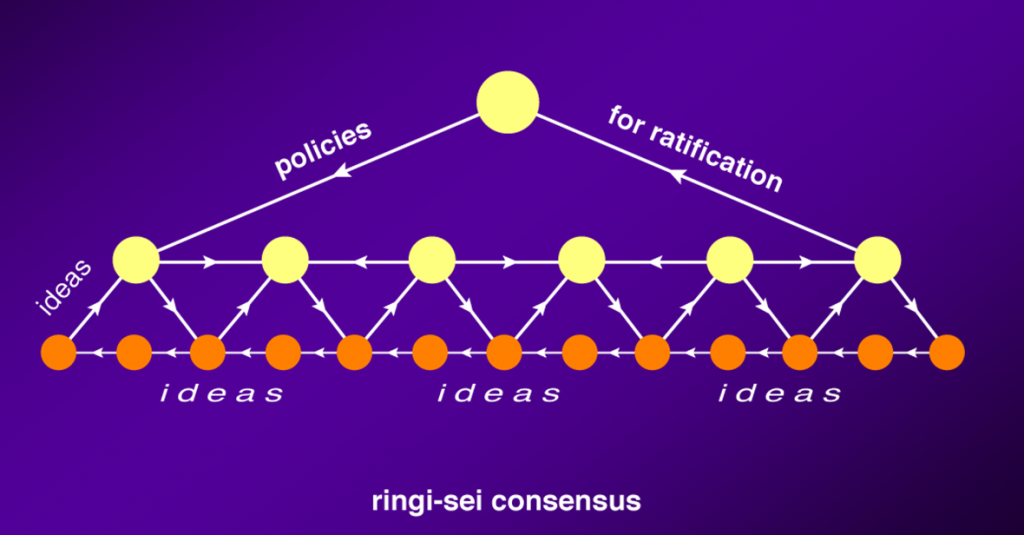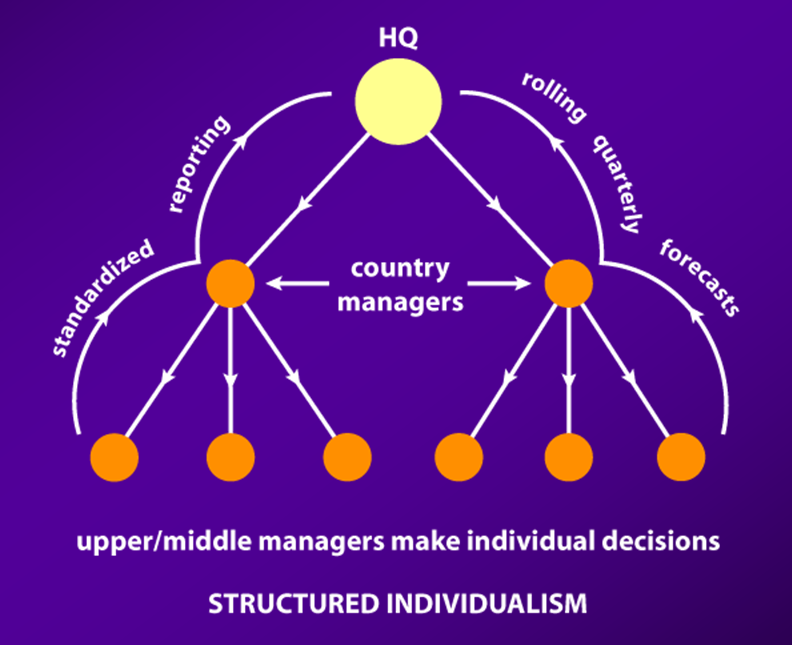Article and charts by Richard D. Lewis
Before trying to build a multi-national team you need to take note of different leadership styles – attitudes to authority can have a profound effect on motivation.
Experience overseas readily reveals how leadership styles in business vary from country to country – a factor which builders of cross-border teams often ignore to their cost. In some cultures, for example, leaders will demonstrate technical competence, place facts before sentiment, and focus their own attention and that of their staff on immediate achievements and results.
Others are much more extrovert, relying on their eloquence and ability to persuade, and use human force to inspire. Either way, no two cultures view leadership in the same light.
Germany
In Germany there is a clear chain of command in each department, and information and instructions are passed down from the top. This does not mean, however, that German management is exclusively autocratic: while the vertical structure in each department is clear, considerable value is placed on consensus. Equally, the German striving for perfection in systems and procedures carries with it the implication that the manager who vigorously applies and monitors these is showing faith in a framework that has proved successful for all.
Accordingly, German managers motivate staff by showing solidarity with them in following procedures. They work long hours, obey the rules and, though expecting immediate obedience, insist on fair play. For their part, German employees welcome close instruction: they know where they stand and what they are expected to do.
France
French management style is more autocratic, though this is not always evident at first glance. In France, the boss seems to have a more roving role than his focused German counterpart, and often appears to consult with middle managers, technical staff and workers – but decisions are generally made by the chief executive and orders are top-down.
The role and status of the leader in France is revealed by a glance at French history. Napoleon and Petain, for example, are remembered for their heroics rather than their failures. Ultimate success is less important than the thrill of the chase and the ability to quicken the national pulse.
Hence, unlike elsewhere, there is a high tolerance in French companies of management blunders. Besides, if leaders are of the right age and experience and possess impeccable professional qualifications, replacing them would not only be futile, but would point a dagger at the heart of the system. The highly organic nature of a French enterprise implies interdependence, mutual tolerance and teamwork, as well as faith in the appointed leader.
Japan
Japanese top executives have great power in conformity with Confucian hierarchy, but actually have little involvement in the everyday affairs of the company. On appropriate occasions they initiative policies which are conveyed to middle managers and rank and file. Ideas often originate on the factory floor or with other lower level sources. Signatures are collected among the workers and middle managers as suggestions, ideas and inventions make their way up the company hierarchy. Many people are involved. Top executives take the final step in ratifying items which have won sufficient approval.
Spain
Spanish leaders, like French, are autocratic and charismatic. However, unlike the French, they work less from logic than intuition and pride themselves on their personal influence on all their staff members. Possessed often of great human force, they are able to persuade and inspire at all levels. Declamatory in style, Spanish managers often see their decisions as irreversible.
Sweden
The Swedish concept of leadership differs considerably from other European models. Like Swedish society itself, enterprises are essentially ‘democratic’. There will be fewer layers in a Swedish firm than there would be in France or Germany, and the manager is generally accessible to staff and available for discussion: indeed, there is a Swedish law which stipulates that important decisions must be discussed with all employees before being implemented.
USA
In the US, leadership means getting things done, finding short cuts to prosperity, making money for oneself, one’s firm and shareholders. Chief executives are given responsibility and authority and then expected to act. They seldom fail to do so.
Similarly, the motivation of US managers and their staff does not have the labyrinthine connotations that it does in European and Asian companies, for it is usually monetary. Bonuses, performance payments, profit sharing schemes and stock options are common.
Managers are capable of teamwork and corporate spirit, but value individual freedom more than company welfare. They are very mobile. They can get fired if they make mistakes.
Would you also like to know more about other cultures’ leadership styles? Contact us now.
Post Tags: Tags: France, Germany, leadership styles, Spain, Sweden, USA






